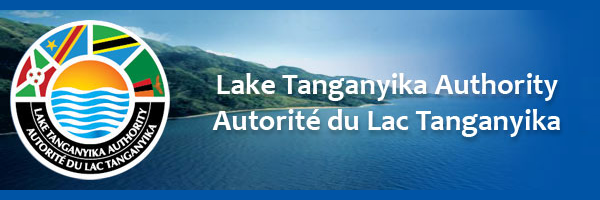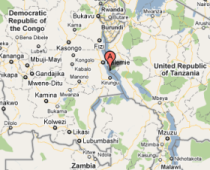Optimized extraction of daily bio-optical time series derived from MODIS/Aqua imagery for Lake Tanganyika, Africa
Lake Tanganyika is one of the world s great freshwater ecosystems. In recent decades its hydrodynamic characteristics have undergone important changes that have had consequences on the lake s primary productivity. The establishment of a long-term Ocean Color dataset for Lake Tanganyika is a fundamental tool for understanding and monitoring these changes.
We developed an approach to create a regionally calibrated dataset of chlorophyll-a concentrations (CHL) and attenuation coefficients at 490nm (K490) for the period from July 2002 to December 2006 using daily calibrated radiances retrieved from the MODIS-Aqua sensor.
Standard MODIS Aqua Ocean Color products were found to not provide a suitable calibration for high altitude lakes such as the Lake Tanganyika. An optimization of the extraction process and the validation of the dataset were performed with independent sets of in situ measurements.
Our results show that for the geographical, atmospheric and optical conditions of Lake Tanganyika: (i) a coastal aerosol model set with high relative humidity (90%) provides a suitable atmospheric correction; (ii) a significant correlation between in situ data and CHL estimates using the MODIS specific OC3 algorithm is possible; and (iii) K490 estimates provide a good level of significance.
The resulting validated time series of bio-optical properties provides a fundamental information base for the study of phytoplankton and primary production dynamics and interannual trends. A comparison between surface chlorophyll-a concentrations estimated from field monitoring and from the MODIS based dataset shows that remote sensing allows improved detection of surface blooms in Lake Tanganyika.
| Author: | Horion, S; Bergamino, N; Stenuite, S; Descy, J-P; Plisnier, P-D; Loiselle, SA; Cornet, Y |
Document Actions













